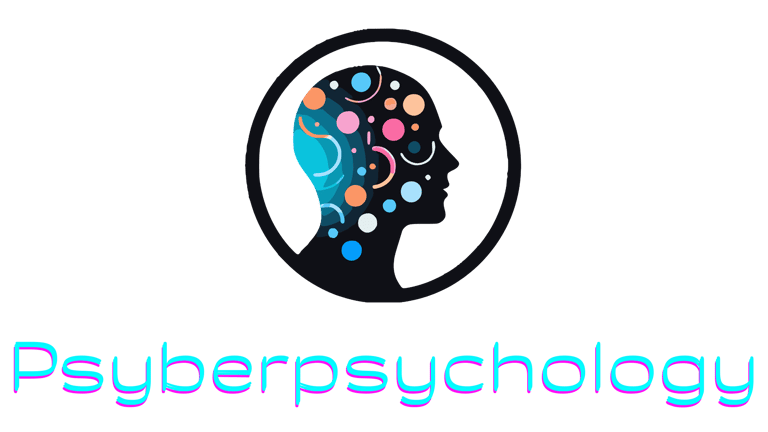The Psychological Impact of Social Media - Connection or Disconnection?
DIGITAL DETOX


In a world where the average person spends nearly 2.5 hours daily scrolling through social media feeds, the question arises: are we more connected than ever before, or increasingly disconnected from authentic human experience? A staggering 4.9 billion people—over 60% of the global population—now use social media platforms, making these digital spaces among the most influential forces shaping modern psychology and social dynamics.
The paradox of social media lies in its dual nature: platforms designed to bring us together may simultaneously be driving us apart in profound ways. As we navigate this complex digital landscape, understanding its psychological implications has never been more crucial for our collective well-being.
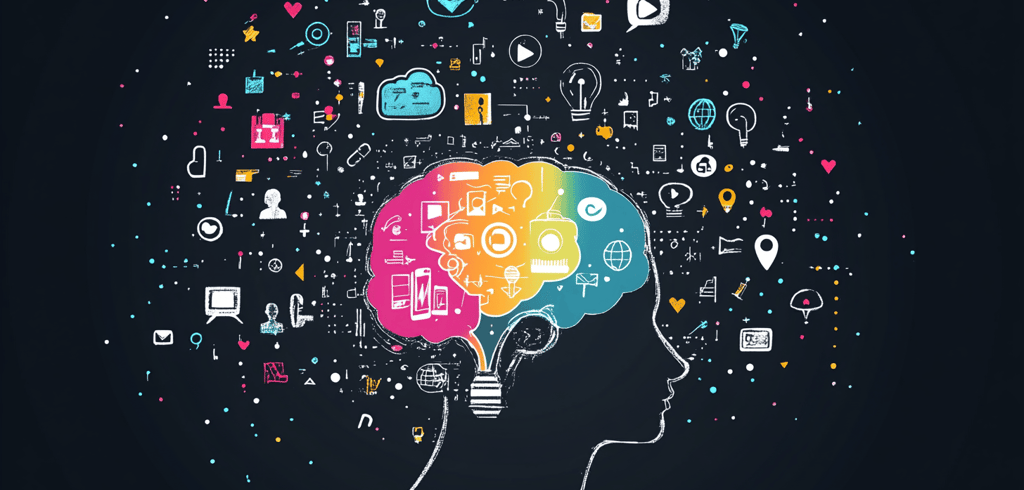

How Social Platforms Affect Mental Health, Self-Esteem, and Relationships
The Connection Paradox
Social media platforms promise connection—the ability to maintain relationships across vast distances, reconnect with old friends, and build communities around shared interests. These benefits are real and significant for many users:
Social support networks have expanded beyond geographical limitations, providing crucial emotional resources for individuals in isolated circumstances
Marginalized groups have found acceptance and community online when local support may be lacking
Meaningful relationships do form and flourish in digital spaces, challenging the notion that online connections are inherently superficial
However, research increasingly suggests that the quality of these connections matters more than quantity. A 2018 study published in the Journal of Social and Clinical Psychology found that participants who limited social media use to 30 minutes daily reported significant reductions in loneliness and depression compared to those with unrestricted usage. This counterintuitive finding reveals the first major paradox: platforms designed for connection may actually increase feelings of isolation.
The Self-Esteem Equation
Perhaps no aspect of psychological well-being is more directly impacted by social media than self-esteem. The architecture of these platforms creates perfect conditions for constant social comparison:
Curated feeds present idealized versions of others' lives, bodies, relationships, and achievements
Quantifiable metrics (likes, comments, followers) provide immediate feedback on social acceptance
Content algorithms reward engagement, inadvertently encouraging increasingly extreme or unrealistic portrayals
The psychological impact is substantial. Research has found that Instagram use is associated with increased body dissatisfaction among young women. Similarly, adolescents who regularly use image-focused platforms report higher rates of anxiety about physical appearance and social status.
Experts suggest that social media can alter self-perception, leading individuals to view their lives through the lens of potential content, evaluating experiences based on shareability rather than inherent value.
Relationship Dynamics in the Digital Age
Our interpersonal relationships are being reshaped by social media in both obvious and subtle ways:
Positive Transformations:
Long-distance relationships benefit from video calls and instant messaging
Shared digital spaces can strengthen bonds through ongoing connection
New relationship forms emerge that wouldn't be possible without technology
Concerning Trends:
"Phubbing" (phone snubbing) during in-person interactions diminishes conversation quality
Digital communication lacks crucial nonverbal cues, increasing misunderstandings
Conflict resolution skills may atrophy when disagreements are handled primarily through text
Perhaps most significantly, social media has altered our expectations of relationships themselves. The constant visibility into others' social lives creates FOMO (Fear Of Missing Out)—a uniquely modern form of social anxiety characterized by the persistent worry that others are having rewarding experiences from which one is absent.
FOMO extends beyond simple disappointment about missing specific events. It reflects deeper anxieties about social belonging and status. Social media intensifies these feelings by making others' social activities continuously visible in unprecedented ways, creating constant opportunities for upward social comparison that weren't possible before these platforms existed.
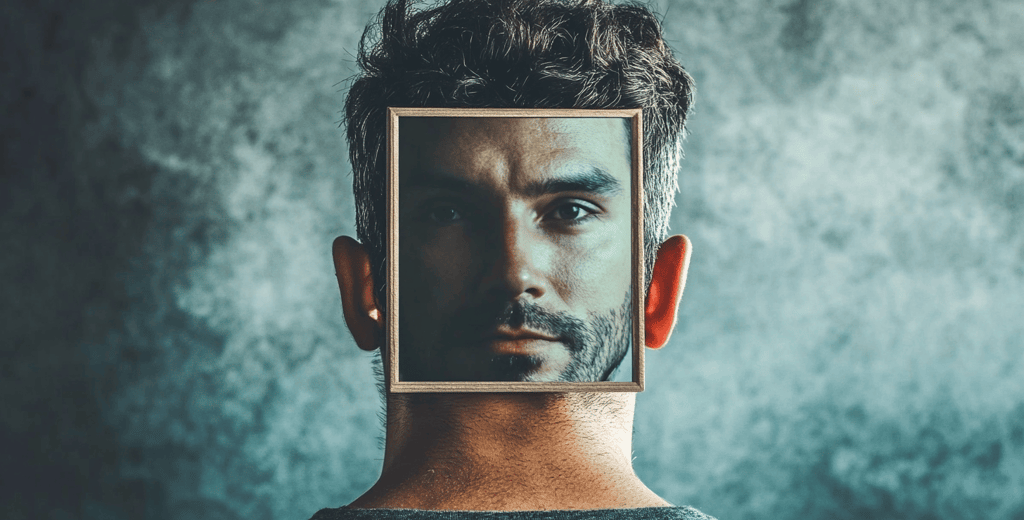

The Role of Algorithms in Shaping Online Experiences
The Attention Economy
To understand social media's psychological impact, we must recognize the fundamental business model driving its development: the attention economy. Platforms generate revenue by maximizing user engagement with advertisements, creating strong incentives to keep users scrolling as long as possible.
This economic reality shapes the sophisticated algorithms that determine what content appears in our feeds. These systems are designed with one primary goal: maximizing engagement time through whatever content proves most effective at capturing and maintaining attention.
The psychological consequences of this model are profound:
Content that triggers strong emotional responses (particularly outrage, fear, or amazement) is algorithmically amplified
Personalization creates "filter bubbles" that reinforce existing beliefs and limit exposure to diverse perspectives
Intermittent variable rewards (like notifications) create dopamine-driven feedback loops similar to those in gambling addiction
The Echo Chamber Effect
Social media algorithms naturally create echo chambers—environments where existing beliefs are reinforced through repeated exposure to similar viewpoints while contradictory information is filtered out. This happens through both algorithmic curation and user choice, as people naturally gravitate toward content that confirms their existing worldviews.
The psychological impact extends beyond politics into all aspects of identity formation:
Exposure to increasingly extreme content can normalize fringe viewpoints
Reduced exposure to diverse perspectives diminishes empathy and understanding
Polarization intensifies as users perceive those with different views as increasingly alien
The most concerning aspect of algorithmic content curation isn't simply that it delivers what users initially prefer—it's the gradual transformation of those preferences over time. What begins as mild interest or curiosity can develop into defining characteristics through repeated exposure and reinforcement. The algorithmic amplification of natural human tendencies toward confirmation bias can significantly shape worldviews and identity formation, particularly for frequent users.
The Addictive Design of Social Platforms
Social media platforms incorporate numerous design elements intentionally borrowed from the gambling industry:
Pull-to-refresh mechanisms mimic slot machine levers
Notification systems create unpredictable reward schedules
Endless scrolling removes natural stopping points
Content recommendations exploit curiosity gaps
These features leverage fundamental psychological principles to create habit-forming products. Former tech executives from major platforms have publicly acknowledged these intentional design choices, with some expressing regret about their contributions to what they now view as potentially harmful technologies.
The neurological impact resembles other behavioral addictions, with studies showing similar brain activation patterns between excessive social media users and individuals with substance dependencies. While not everyone develops problematic usage patterns, certain populations—particularly adolescents—show increased vulnerability to these mechanisms.
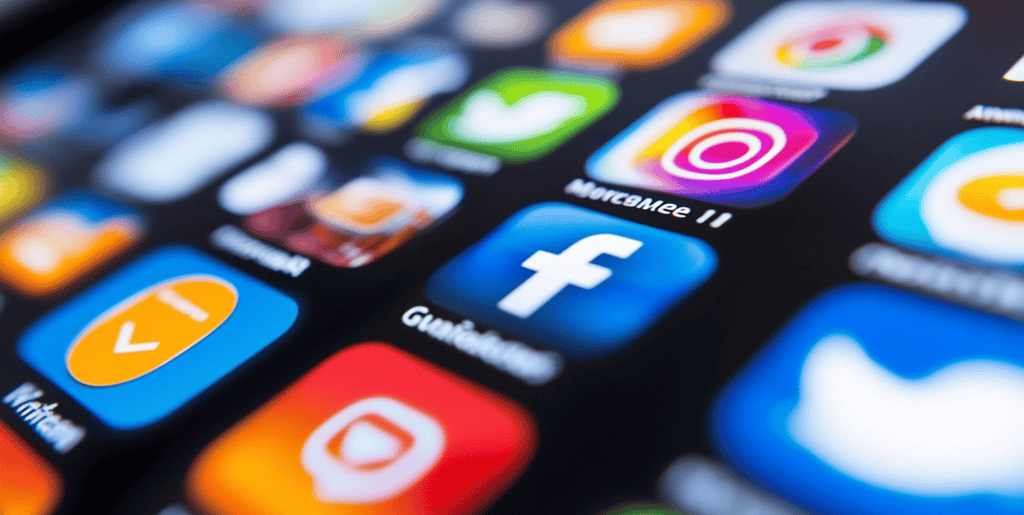

Tips for Healthy Social Media Use
Setting Intentional Boundaries
The most effective approach to healthier social media use begins with conscious boundary-setting:
Time limits: Use built-in screen time tools to set daily caps on platform usage
Notification management: Disable non-essential notifications to reduce interruptions
Physical boundaries: Establish tech-free zones (bedrooms, dining areas) and times (meals, first hour after waking)
Social boundaries: Be selective about connection requests and regularly audit friend/follow lists
These boundaries work best when tailored to individual needs rather than following prescriptive rules. The goal isn't elimination but intentionality—ensuring that social media serves your goals rather than the reverse.
Practicing Digital Mindfulness
Mindfulness—the practice of present-moment awareness without judgment—offers powerful tools for healthier engagement:
Conscious consumption: Before opening apps, pause to consider your purpose and set an intention
Emotional awareness: Notice how different platforms and content affect your mood and energy
Response delays: Build in reflection time before reacting to triggering content
Reality checks: Regularly remind yourself about the curated nature of social feeds
A simple but effective practice is pausing before each social media session to ask: "Is this serving me right now?" This creates a moment of conscious choice rather than automatic habit, helping users shift from reactive to intentional engagement with these platforms.
Cultivating Digital Literacy
Understanding how social media works empowers users to engage more consciously:
Learn basic principles of how algorithms curate content
Recognize common manipulation tactics in online content
Understand the business models behind "free" platforms
Develop critical thinking skills for evaluating information quality
This knowledge transforms passive consumption into active engagement, reducing vulnerability to manipulation while preserving the genuine benefits these platforms offer.
Prioritizing In-Person Connection
Perhaps the most important strategy is remembering that social media works best as a supplement to—not replacement for—in-person interaction:
Schedule regular face-to-face social activities
Practice being fully present during in-person interactions
Use social platforms primarily to facilitate real-world connections
Balance passive scrolling with active communication
Research consistently shows that in-person social connection remains the strongest predictor of psychological well-being, with digital interactions providing complementary—but not equivalent—benefits.
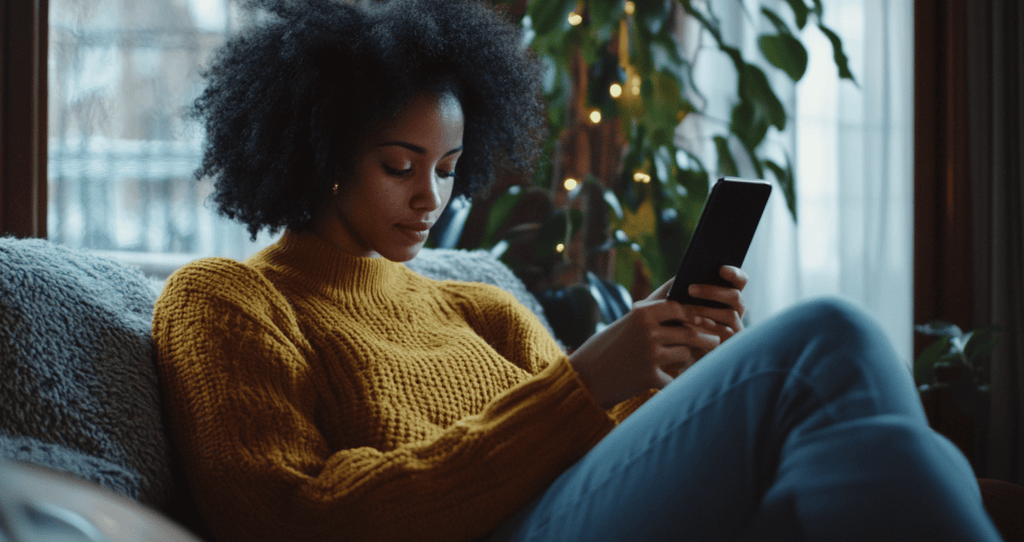

Finding Balance in the Digital Age
The relationship between social media and psychological health isn't binary—these platforms are neither wholly beneficial nor entirely harmful. Their impact depends largely on how we use them, with research suggesting three key factors that determine whether our digital habits support or undermine well-being:
Active vs. passive engagement: Creating, communicating, and connecting correlates with positive outcomes, while passive scrolling associates with negative effects
Intention vs. habit: Purposeful use aligned with personal goals improves satisfaction compared to automatic, habitual checking
Supplemental vs. primary social connection: Using platforms to enhance existing relationships shows benefits, while substituting digital interaction for in-person connection correlates with increased loneliness
As we navigate this complex landscape, perhaps the most important question isn't whether social media connects or disconnects us, but rather: how can we harness its connective potential while protecting ourselves from its disconnective aspects?
The answer lies not in wholesale rejection or uncritical embrace, but in cultivating a thoughtful, intentional relationship with these increasingly central aspects of modern life. By approaching social media with awareness of both its promise and its pitfalls, we can work toward digital habits that genuinely enhance rather than diminish our psychological well-being.
As you close this article and perhaps instinctively reach for your phone, consider asking yourself: How is my relationship with social media shaping my relationship with myself and others? In that moment of reflection lies the beginning of a more conscious digital life.
